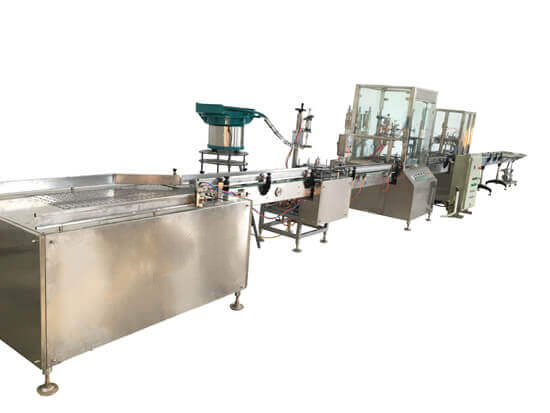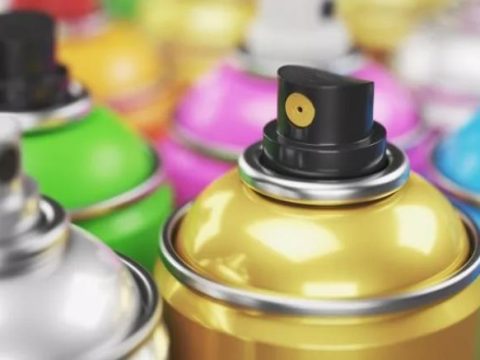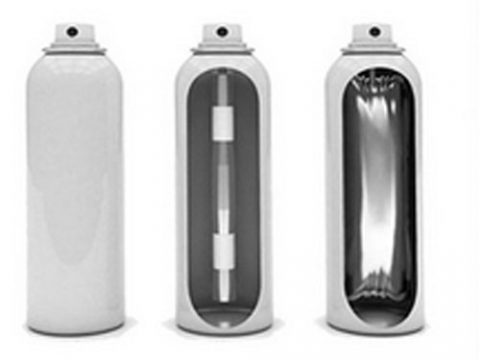TOP 5 THINGS TO KNOW ABOUT LIQUID FILLING EQUIPMENT

Do you know how the filling machines work?
February 3, 2017
4 Tips You Should Know Using DME As The Aerosol Propellant
July 22, 2019If you are in the market for a liquid filling machine, there are many areas of consideration before finding which machine best fits your liquid filling needs. However, there are 5 KEY THINGS TO KNOW early in the process: liquid product viscosity, container types, required fill rates, specific fill volumes, and what type of metering and filling system truly matches your needs. The following will briefly highlight why these 5 KEY THINGS are so important when choosing a liquid filling solution.
Product Viscosity
The first step in identifying a liquid filling solution that matches your needs is understanding the fundamentals of your product. Recognizing if your product is water-like, semi-viscous, or an extremely thick, heavy-viscous type of product. This will assist you in determining possible equipment solutions, or now those options outside the realm of usability due to product viscosity. Product viscosity can impact several areas; your type of metering system, your fill rate, as well as a few other important variables within the production equation. Accurately identifying product viscosity is a big step in the right direction.
Container Type
The type of container that you are filling is also very important when trying to find your best equipment options. In short, whether you are filling glass or plastic, round or square, tall or short, small or large openings, stable or unstable bottles, these are just a few of the questions regarding container type that can impact the development and design of your liquid filling system.
Fill Rate
It should come as no surprise that one of the bigger questions from the production side of things is “how many containers can I fill per minute/per hour/per production shift?” So whether a single handheld, semi-automatic machine, an intermediate full line automatic solution, or a fully automated, integrated system best helps you to achieve your desired rate, there are other variables to review when discussing fill rates. Liquid viscosities, container types, fill volumes, and the type of metering system that you are using, these all come into play when discussing overall fill rates.
Fill volume
Knowing your specific fill volume sounds easy enough – right? However, it’s critically important when determining other related factors like fill rate, product viscosity, and metering systems. Consequently, depending on your industry, you may have different fill accuracy requirements that you need to rigorously follow in keeping compliant with specific industry standards. Therefore, having a solid grasp of your required fill volumes and your industry requirements are key to your overall production success.
Different Metering & Filling systems
There are many different types of metering & liquid filling systems. The type of metering system (e.g. piston, peristaltic, flow, etc.) that you choose will depend on a few different variables: product viscosity, fill volumes, accuracy requirements and fill rates, just to name a few. Your allowable changeover times from one recipe to the next recipe may also impact your choice of metering systems.
There are also different kinds of liquid filling equipment:
(1) semi-automatic, single handheld benchtop machines,
(2) intermediate full line automatic systems, as well as
(3) fully automatic, integrated solutions.




